This post may contain affiliate links. If you make a purchase through a link, I may receive a small commission, at no cost to you. These commissions help keep this website up and running, and I thank you for your support. Read my full disclosure here.
Disclaimer: This is not a sponsored post, I paid for this trip myself. All recommendations are my own.
As an Antipodean, I had never experienced a winter Christmas. Instead, every year we watched snowy-themed Christmas TV shows and movies, whilst sitting in t-shirt and shorts enjoying a hot and sunny Christmas day (and the mandatory boxing day at the beach).
So, when my husband and I found ourselves living in Europe and about to experience the novelty of our first winter Christmas, we decided to get into the full Christmas spirit by visiting the famous German Christmas markets. We chose to spend three nights in Cologne, a city famous for hosting some of the best annual Christmas markets in the world from late November until the 23rd December.
Day 1
We flew into Cologne airport and took the train into the city where we had booked a small apartment. The easiest way into the city centre is to take the S-Train (S-13) to the central station. The journey takes between 20 and 30 minutes, and it leaves every 20 minutes (every 30 minutes late evening). The station is located on the lower floor, and is on your right when leaving the arrival hall. Several ticket machines are located at the station and they have different language options to choose from. This ticket can be used within Cologne for 90 minutes, which means that you don’t need to buy an additional ticket if you are taking a tram or bus from central station to your hotel.
Cologne has lots of Christmas markets dotted around the city. Many of the stalls are similar, but the general theme of each market is quite distinct. We found them easy to get around by foot as Cologne is quite flat. However, for those with small children or limited mobility there is one of those adorable little road trains that will take you to four of the main Christmas markets. They depart about every 15 minutes and you buy your tickets on board.
We had arrived in Cologne quite late in the evening, so on the first night we only visited the Angel’s Christmas market, Cologne’s oldest Christmas market. It is held at Neumarkt, the city centre shopping district. As you might expect, this market is angel themed and has beautiful angel and star lights and people walking around dressed as angels. This was one of the prettiest, sweetest of the markets we visited.
Day 2
The next morning, we headed out early to explore Cologne before the markets opened at 11am. First up we visited the amazing Gothic Cologne Cathedral, the highlight of this city. Although building commenced in 1248, it was not finished until 1880. Amazingly, it was hit 14 times by aerial bombs during WWII, but despite this it managed to remain standing. Unlike the city around it, which was heavily damaged by intense tank combat. For a small fee, you can climb the 533 stairs to the top of the South tower which provides great views of the city.
We wandered around the streets enjoying some German shopping and sweet treats from the many delicious bakeries. Eventually we found ourselves at the Gnome themed Old Town Christmas Markets in Heumarkt, Cologne’s second biggest square, which were beginning to open. The market features an outside ice rink which threads its way around the market and statue of King Friedrich Wilhelm III. You can also try your hand at playing traditional Barvarian curling.
My husband loves to ice skate, but although I love skiing, I’ve never enjoyed skating. When I was young my sisters attempted to encourage me to be braver by securing cushions to my bottom using belts, but it never worked. So instead I watched him from the viewing bridge which also provides good views of the market.
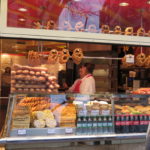
This market is a popular place to drink and eat. One stall sold the most delicious salmon I’ve ever eaten, which they cooked over a smoky fire and served in a bread roll with a good dollop of creme fraiche. We also really enjoyed the raclette cheese, made by melting a large wedge of cheese under a hot element, then scraping the melted cheese onto bread. Yum! Of course, the German sausages were delicious too, they serve them on tiny buns so that the sausage remains the star of the show.
Not far from the Old Town Christmas Market is the Harbour Christmas Market at the Chocolate Museum. Set on the famous Rhine, it features an impressive 15-metre wooden three-mast boat serving tasty mulled wine out of its hull. This is a large market with over 70 stalls and the maritime theme also carries through to the food, so you will find a variety of fish dishes here.
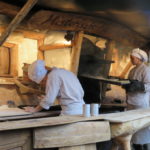
In the afternoon, we further explored Cologne. We crossed the river and walked up the park that runs alongside the river until we reached the Hohenzollernbrücke, the attractive bridge that crosses the Rhine. This is a good spot for a photo as you can capture a shot of the bridge with the cathedral in the background.
Across the bridge and back into the city centre is the museum area. There are several art galleries and museums which provide both an interesting place to visit and a nice way to escape the cold.
In the evening, we took the opportunity to experience a good traditional German pub at Peters Brauhaus (Muehlengasse 1, 50667 Cologne, North Rhine-Westphalia). As soon as we were seated, a small glass of beer appeared in front of us, delivered by a waiter that continually walked around replacing empties with full. The local beer is Kölsch, which is golden in colour and served in 200ml tall slim glasses. Each time they replaced our beer, they marked our coaster to keep tally. Be warned, unless you place your coaster on top of the glass, they will continue to serve them! It’s a beer lovers dream.
Before heading back to our hotel, we took a detour to the Village of St Nicholas. This market is very picturesque, with the medieval fortification Hahnentorburg providing the perfect backdrop. This amazing market is designed to make you feel like you are entering an enchanted Christmas village. It’s a popular market, so can get quite crowded with visitors enjoying an evening drink. We also treated ourselves to some delicious chocolate covered fruit.
Day 3
The next day we took the train to Bonn, a nearby city which was the capital of west Germany and then reunified Germany until 1999. There is not a huge amount of attractions to see in Bonn, but enough to happily fill a day. There are a number of impressive buildings to see, Poppelsdorf Palace being one of them. It’s now part of the University, but you can pay to visit the gardens around it. However, as it was winter, we just enjoyed the building from the outside.
Coblencian Gate is another beautiful building of note. This area is a good place for a stroll as there are several nice buildings and a park which runs along the Rhine river. For those interested in Egyptian history, there is a small Egyptian Museum here too, which doesn’t cost very much to visit.
Not far from this park is the main city centre and shopping area. For those fans of Ludwig van Beethoven, his birthplace is nearby. The 18th century house has been turned into the Beethoven House Museum, and for a small fee, it offers visitors the chance to learn more about his life and music.
From here, we strolled down to the Bonn Christmas markets which are held in the square by the historic Bonner Münster Catholic church. The church is worth a visit too, its foundations date from 1000 years old. Amongst the Christmas markets you will also find a Beethoven statue. The markets are similar to what you find in Cologne, but they have a more relaxed feel and aren’t as crowded. The German Christmas carol singing moose and deer heads we saw were funny.
Before jumping back on the train, we visited the nearby historical cemetery, Alter Friedhof. I know some people might find cemetery’s morbid or a bit creepy, but I enjoy visiting them. Originally, this was a cemetery for soldiers, but it later became a place where notable German scientists, musicians and artists were buried.
After arriving back in Cologne and taking a break at our accommodation, we headed out into the evening to visit our final two markets. We first headed to the Stadtgarten Christmas markets, located in the hip Belgian Quarter. This is a large market, but with a lovely local village feeling, and lots of interesting stalls to see. This was the most fun market we visited. It is very popular with children as its Christmas stage features puppet shows, children’s theatre, fire-eaters, and story tellers. Whilst we were there, the market was visited by magical creatures and elves accompanied by an enchanted stag.
We ended our evening at the Cathedral Christmas market. This is the largest market and also the busiest. After taking a final walk around the stalls and enjoying the beautiful Christmas lights and food, we headed down to the stage area to enjoy the instrumental bands playing. With the Cathedral in the background, it created an amazing atmosphere. There was a lively vibe at this market and it was a brilliant way to end our time in Cologne.
Practical Tips for Visiting Cologne and Bonn
- Language: German. Although most people we came across spoke some English, do try your hand at a few German words:
- Yes = Ja (yar)
- No = Nein (niyn)
- Please = Bitte (bitt-er)
- Thank you = Danke (dang-ker)
- Hello = Hallo (hal-lo)
- Currency: Euro
- Tipping: Not required, but people usually round up.
- Electricity: The electrical current is 220 volts, 50 Hz. Wall outlets generally take the European two round prong plugs. However, you are better off purchasing a worldwide adaptor that can be used in Germany as well other countries. At least then you can potentially get some further use out of it on future vacations. If you’re taking a number of electronics with you, then I would recommend purchasing a couple of these adaptors.
- Public transport: If taking the train from the airport to Cologne city, the more expensive fast trains IC or ICE are not really worth the extra expense, as they only save you a few minutes off an already short 20 minute journey. Cologne and Bonn have excellent public transport including bus, metro, and tram. The cities are quite flat and are a great place to explore of foot if you are able to. To get between Cologne and Bonn, you can take one of the regular trains that run between them.
- Navigating: Use Google’s free Offline Maps. Google Offline Maps allows you to access free maps for navigating that can be used offline i.e. you don’t need WIFI, data, or roaming to be able to use them. Follow this detailed guide on how to use Googles Offline Maps. Using your phone as a GPS will drain your battery quickly, so use a portable battery charger which you can use to charge your phone and any other USB chargeable devices.
- Bargains: f you are looking to pick up some bargains, then plan to visit the markets on the final nights. All of the stall holders mark their prices down in an effort to get rid of their stock.
- Shopping: Cologne and Bonn also offer good non-Christmas themed shopping. The shopping areas are central and compact and offer a good range of budget through to luxury shops. There are a variety of shops other than the usual chain stores, and some good lingerie stores too.

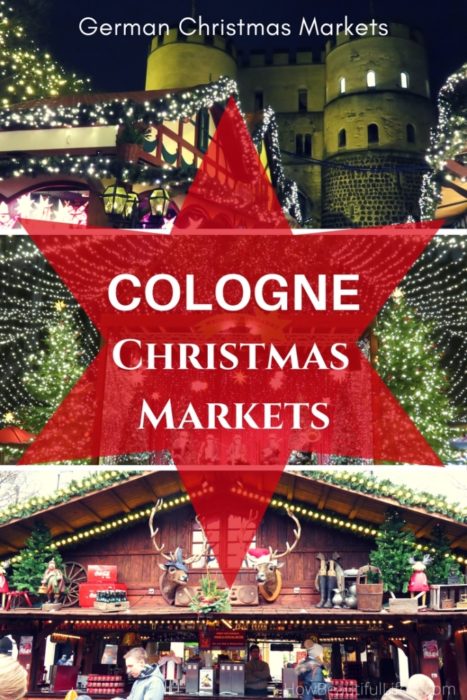
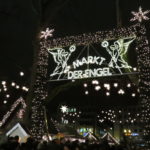
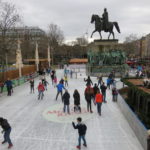
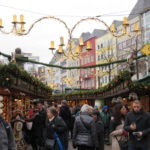

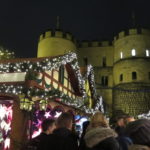
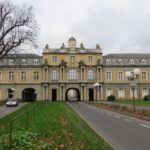

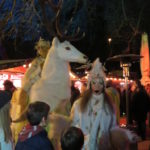
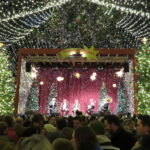
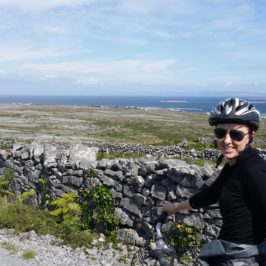
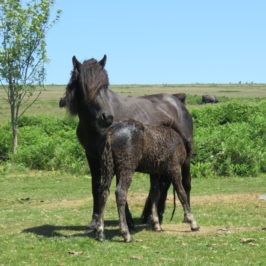
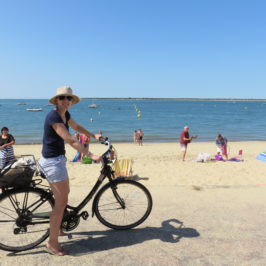
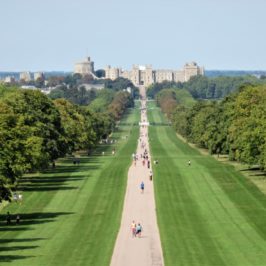
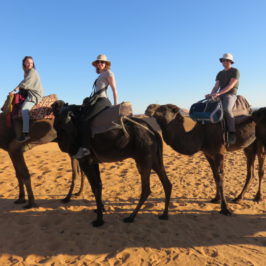
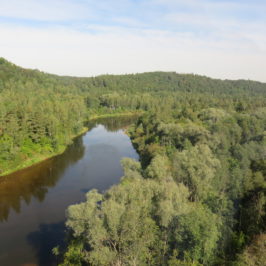
Leave a Reply